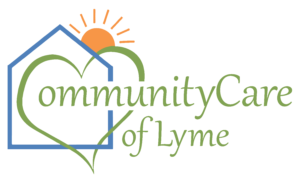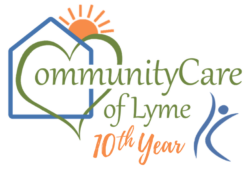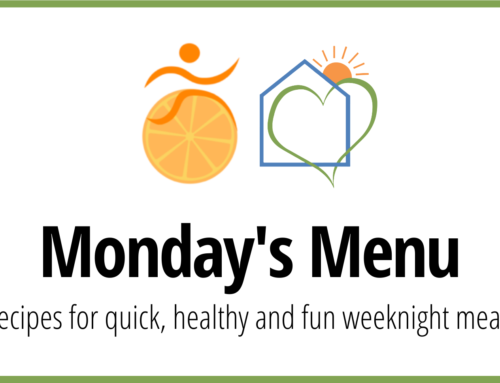Mindful Eating
Submitted by Laurie Veillette, PsyD
Mindfulness, the practice of focusing your attention on what is happening in the present moment without judgment, is an incredible tool for improving both physical and mental health. It has been found to alleviate mental health challenges including anxiety, depression, and post-traumatic stress disorder (PTSD), and research has found that a regular mindfulness practice offers anti-aging benefits for the brain. Mindfulness has also been found to improve relationships, physical health, sleep, chronic pain, and disordered eating behaviors, such as emotional eating. Mindful eating is often a component of contemporary weight management and disordered eating treatment programs because it 1) interrupts habitual or compulsive eating behaviors 2) connects us to our brains and bodies so that we are better able to identify signs of fullness, satiety, hunger, thirst, etc. 3) promotes a more pleasurable and satisfying eating experience.
So what does mindful eating look like?
It looks like this.

Photo by Ross Sokolovski on Unsplash
Retrieved from unsplash.com
Babies are masters of mindful eating. They treat every snack and meal as a novel event. Babies observe, smell, and feel their food. They make music with it, wear it, test gravity with it, and, at some point, they taste it. They explore foods openly and curiously and, as a result, they often have a more satisfying and enjoyable eating experience. You too can share in this – without the mess! At your next snack or meal, instead of turning on the TV or flipping through social media, I invite you to be fully present with the food you are eating. You might be surprised by what you find.
Below are instructions for an introductory mindful eating exercise adapted from Jon Kabat-Zinn.
Choose a small morsel of food (a small chocolate, raisin, gummy bear, jelly bean, grape, nut, seed, etc.). Imagine that you have never seen this food item before. Hold it in your hand and begin to explore it with all of your senses – openly – curiously – and as non-judgmentally as you can. If at any point in time you become distracted (you likely will), gently bring your attention back to this exercise.
First, focus on seeing the item. Scan and explore every part of it. Turn it over in your fingers and observe its color. Notice how its surface reflects light and where it appears darker.
Notice the texture of the food item. Does it feel firm? Soft? Coarse? Smooth?
Hold the item to your nose and observe its smell.
Bring the item to your ear. Squeeze or roll it around in your fingers and observe its sound.
Take the item to your mouth and notice how your arm knows exactly where to bring it. Become aware of your body as it prepares to take in the food.
Place the item on your tongue and, without biting it, explore the sensation of it in your mouth.
When you’re ready, begin to chew the food. Observe how your mouth automatically moves it around – from one side to the other. Notice the flavor that is released as your chew. Observe the saliva in your mouth working with your teeth and tongue to break down the food item. Notice how the consistency of the item is changing.
When you feel ready to swallow, notice the intention to swallow that first arises. Notice what it feels like to swallow the food, sensing it as it moves down your throat.
Ta-da! You did it!
Repeat as desired.
If you or someone you know is struggling, please reach out for help. These are two available resources:
National Suicide Prevention Lifeline: 1-800-273-8255
Crisis text line: 741741
If you have a wellness themed topic you would like to share or learn more about, and/or blog/vlog about as an expert in a health/wellness related field, please reach out to shelby@cclyme.org.
Shelby Wood
Manager of Program Development
CommunityCare of Lyme
Shelby@cclyme.org
802-468-7776







Leave A Comment